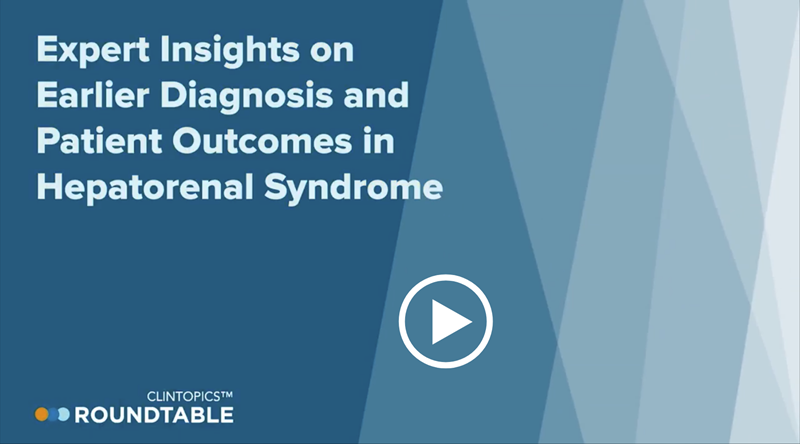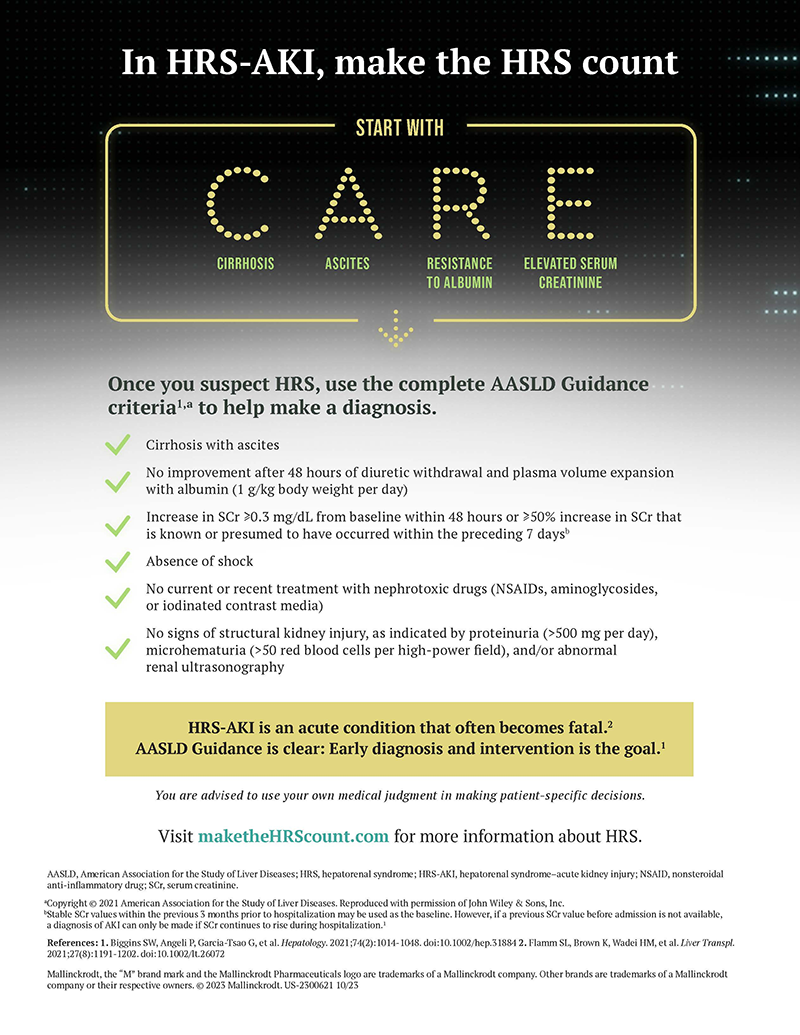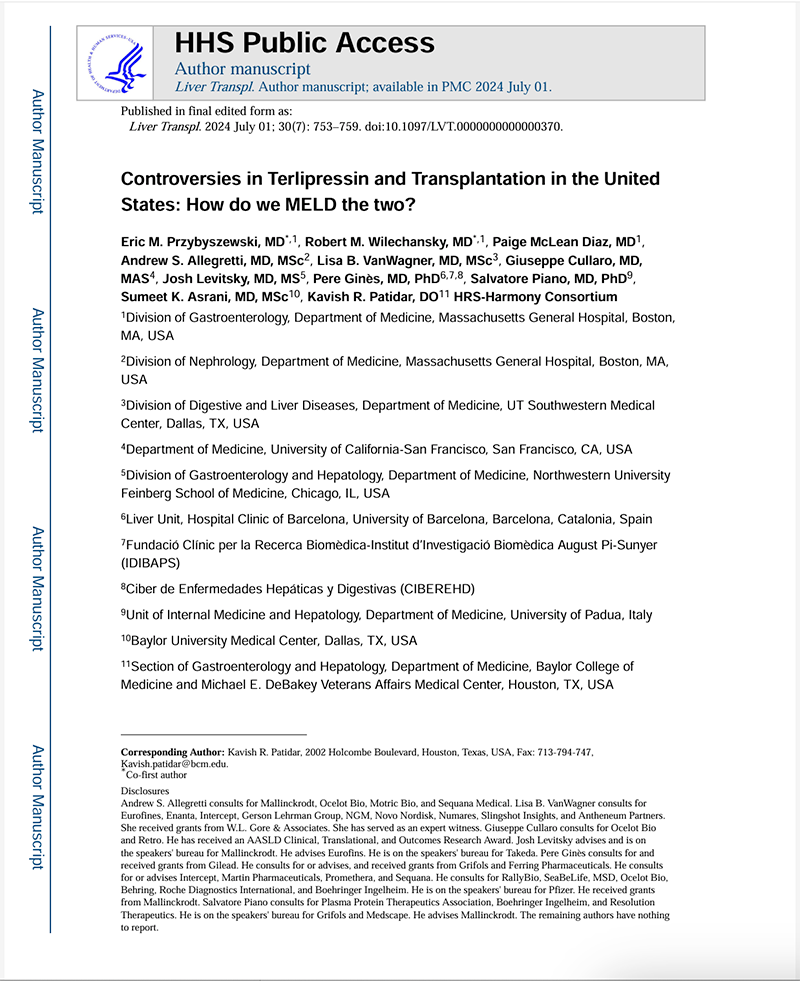Mallinckrodt, the “M” brand mark and the Mallinckrodt Pharmaceuticals logo are trademarks of a Mallinckrodt company.
Other brands are trademarks of a Mallinckrodt company or their respective owners.
© 2025 Mallinckrodt. US-2400948 03/25




